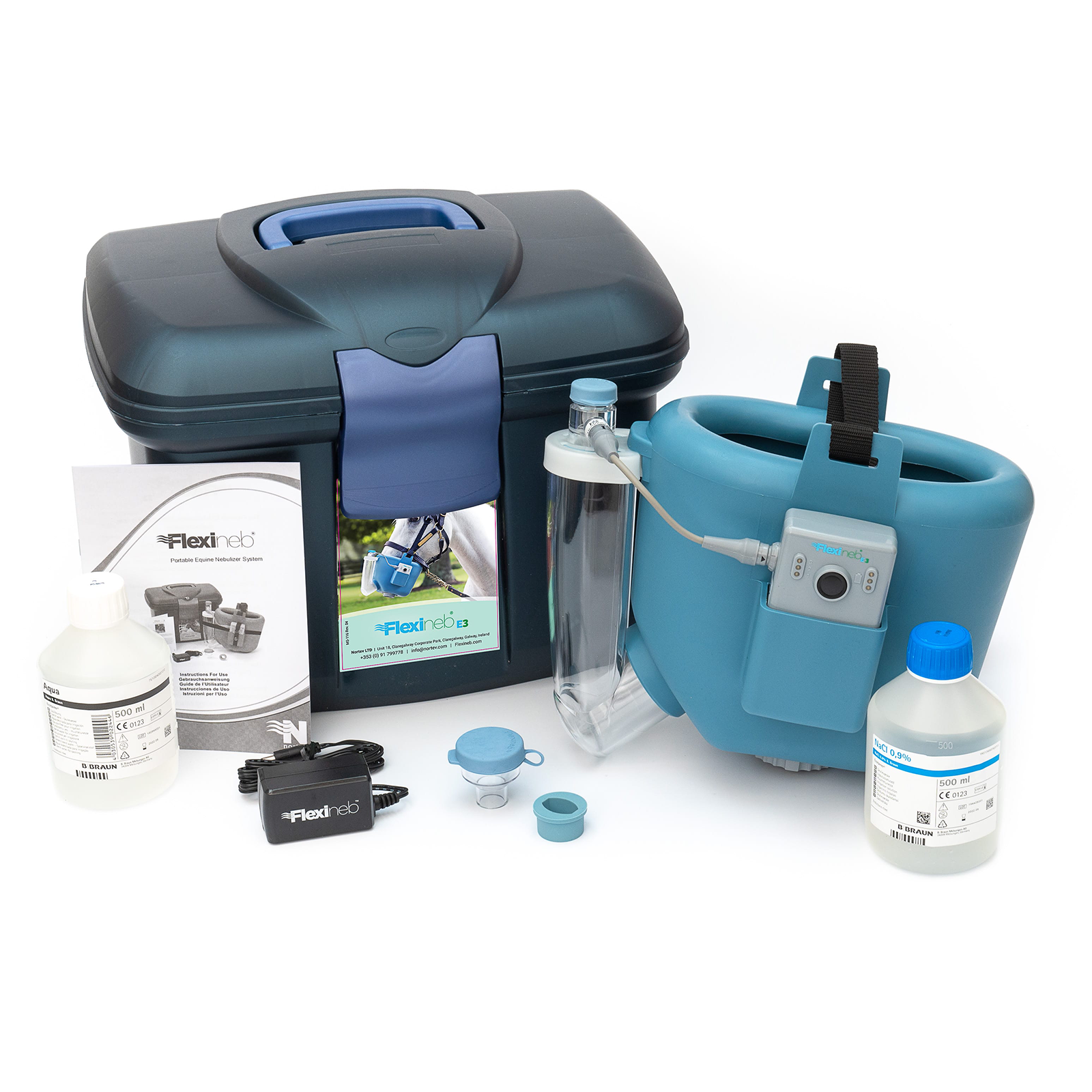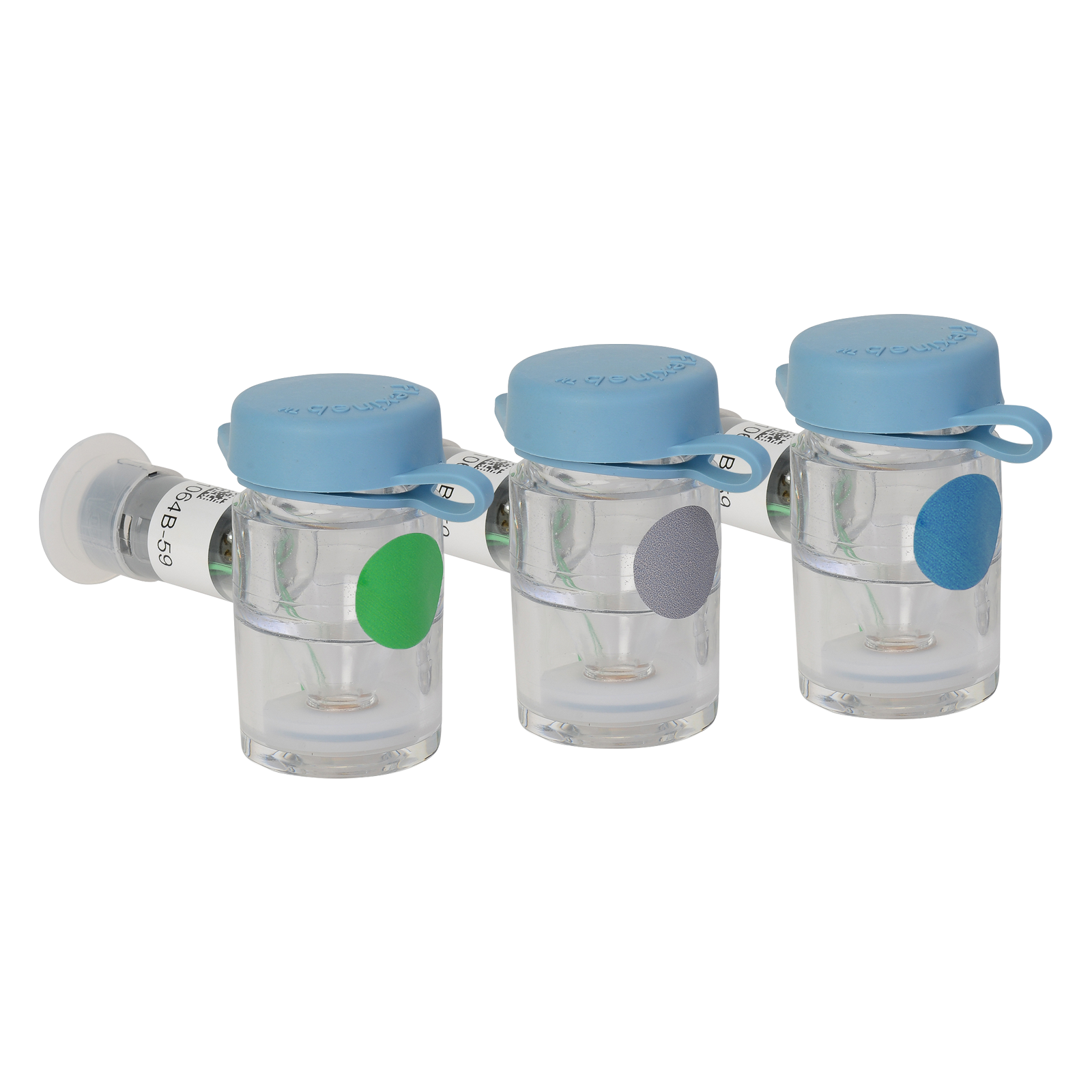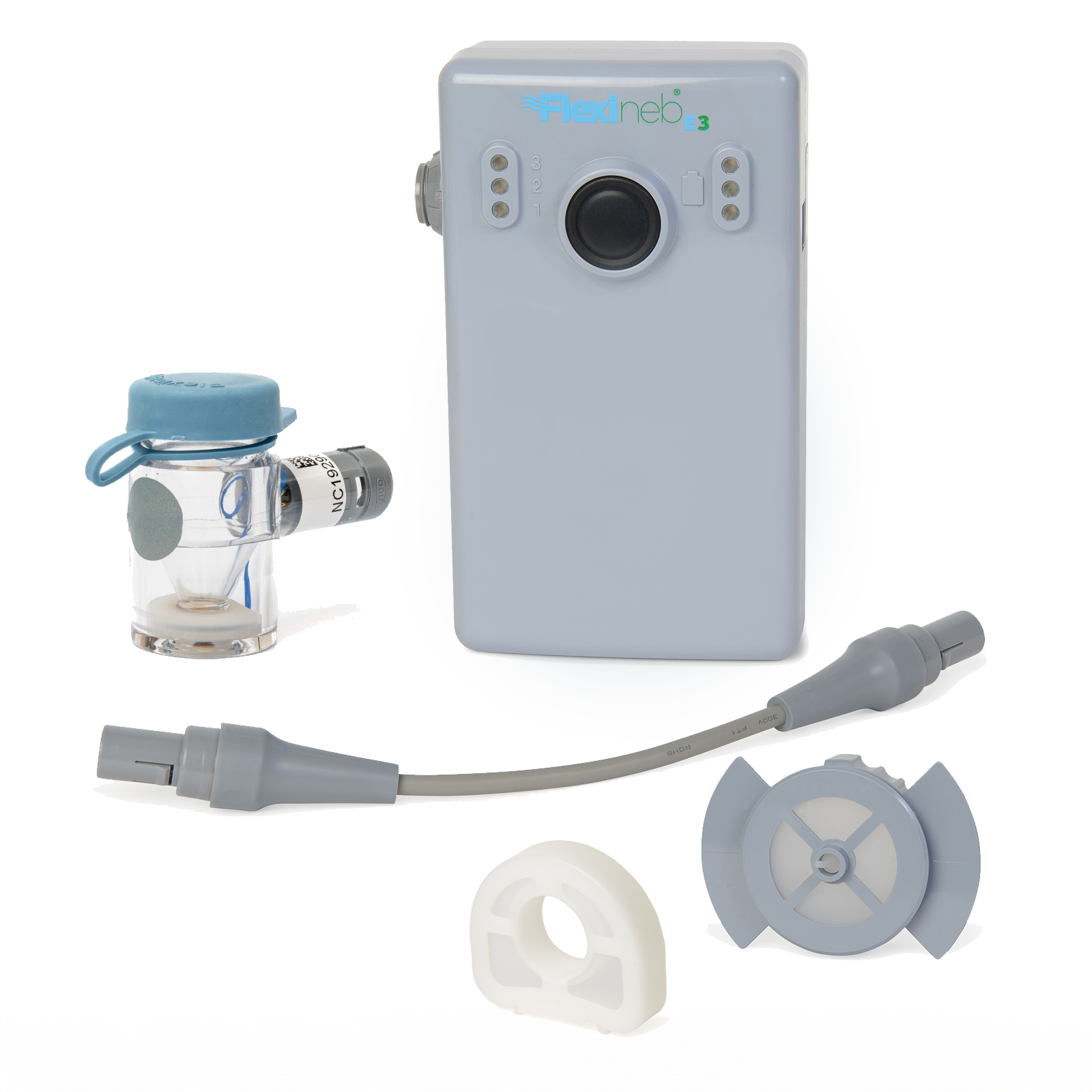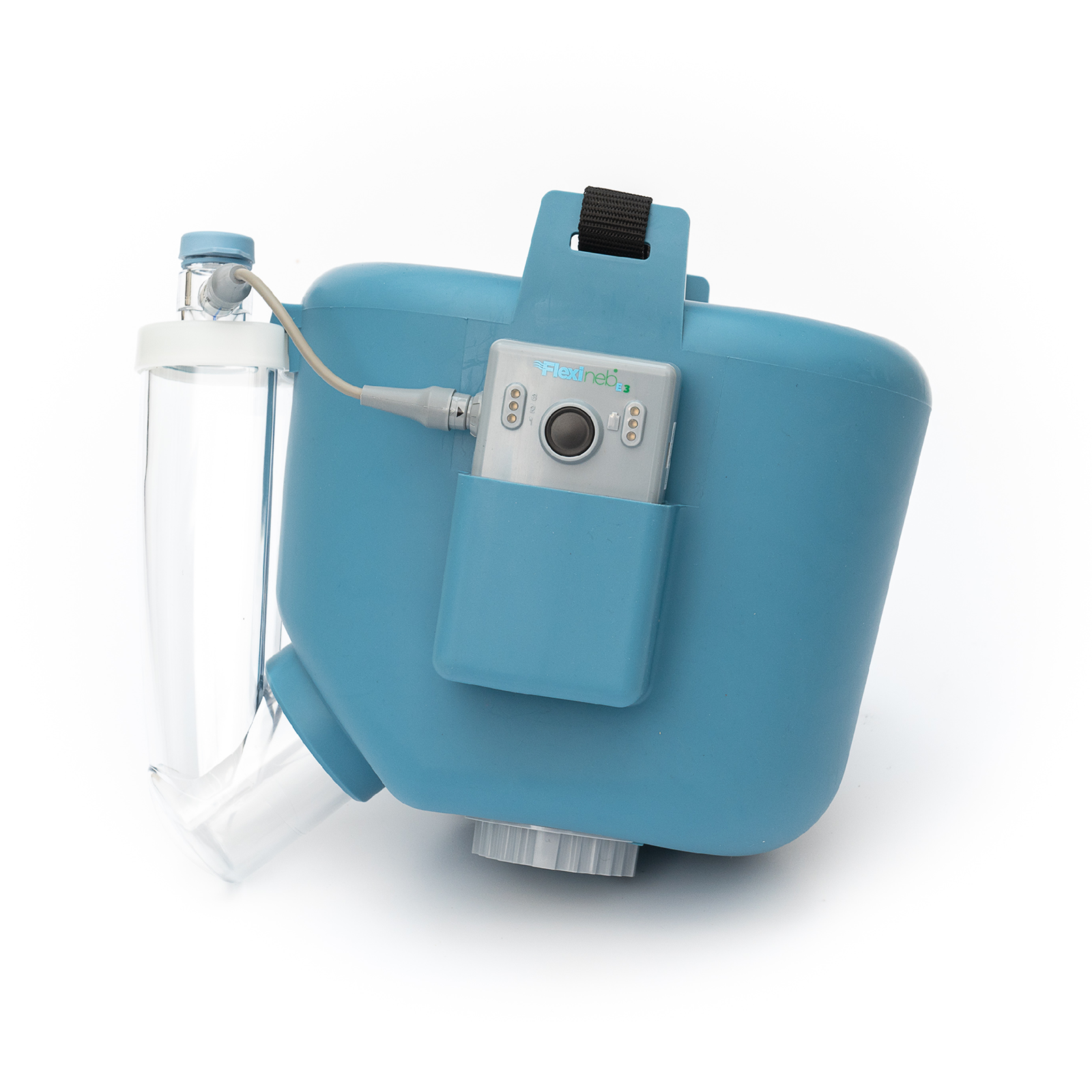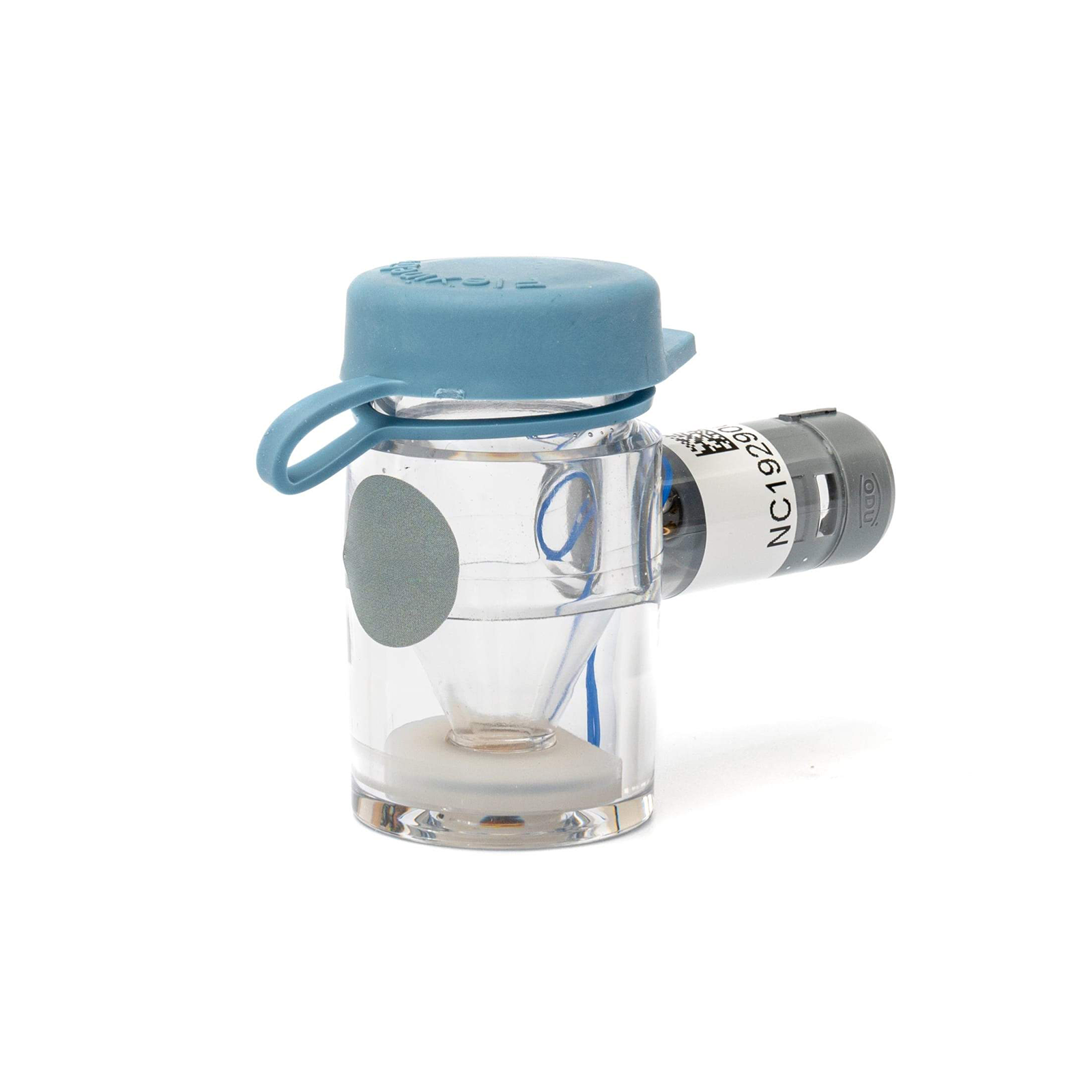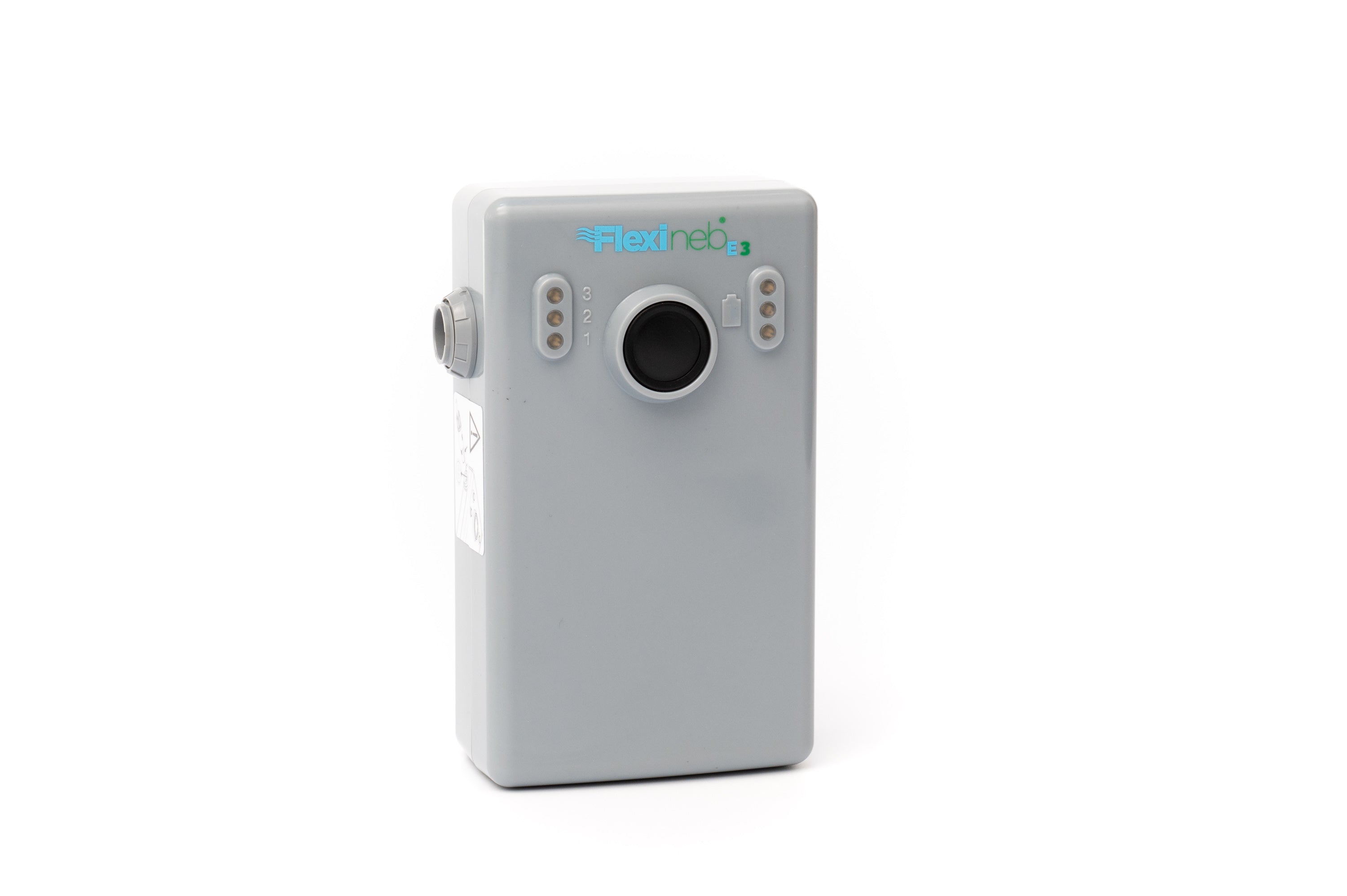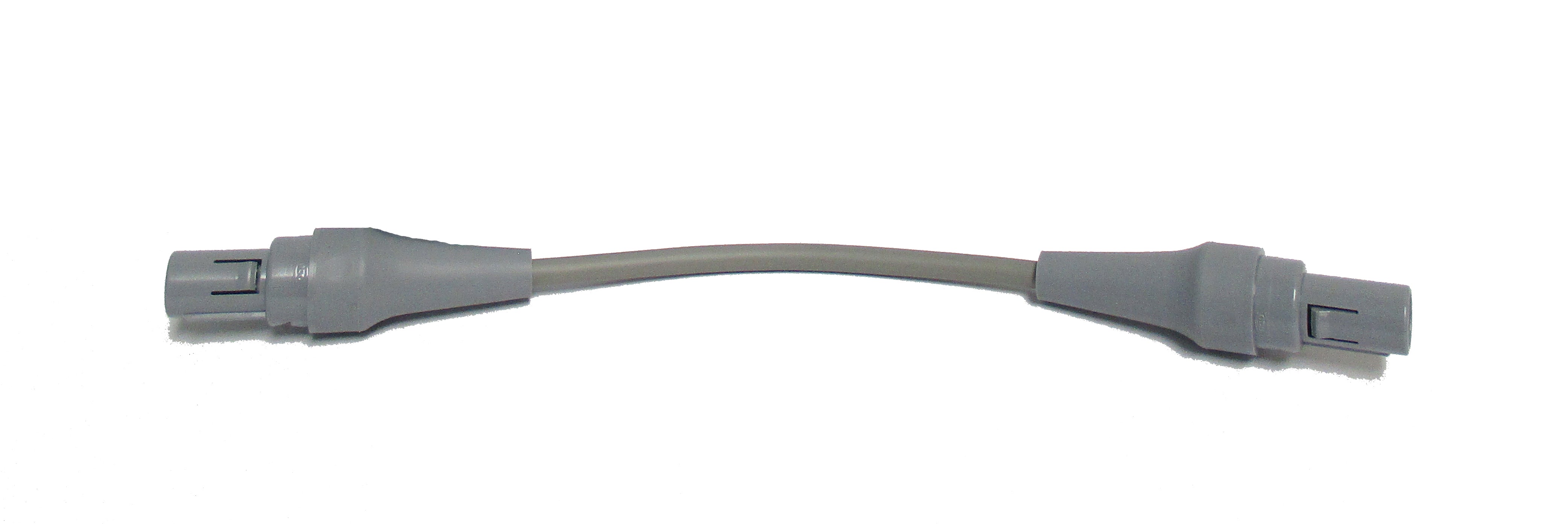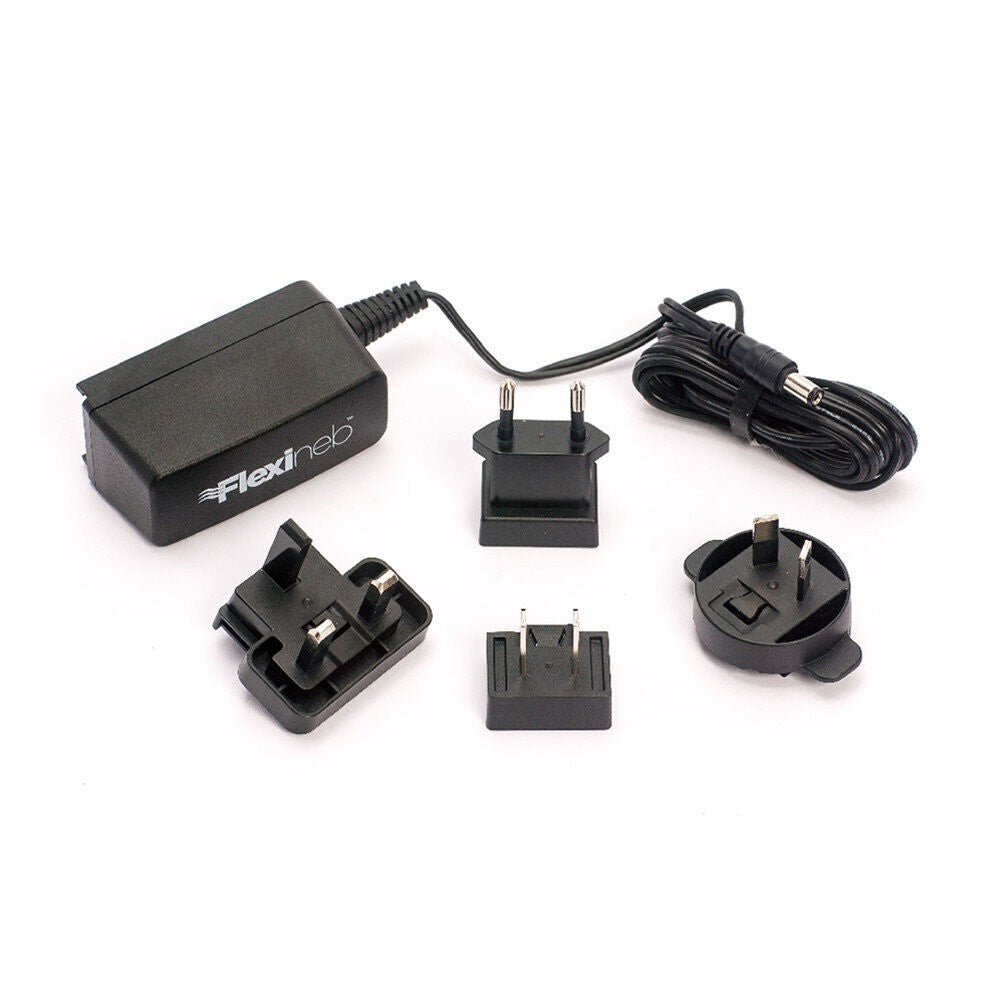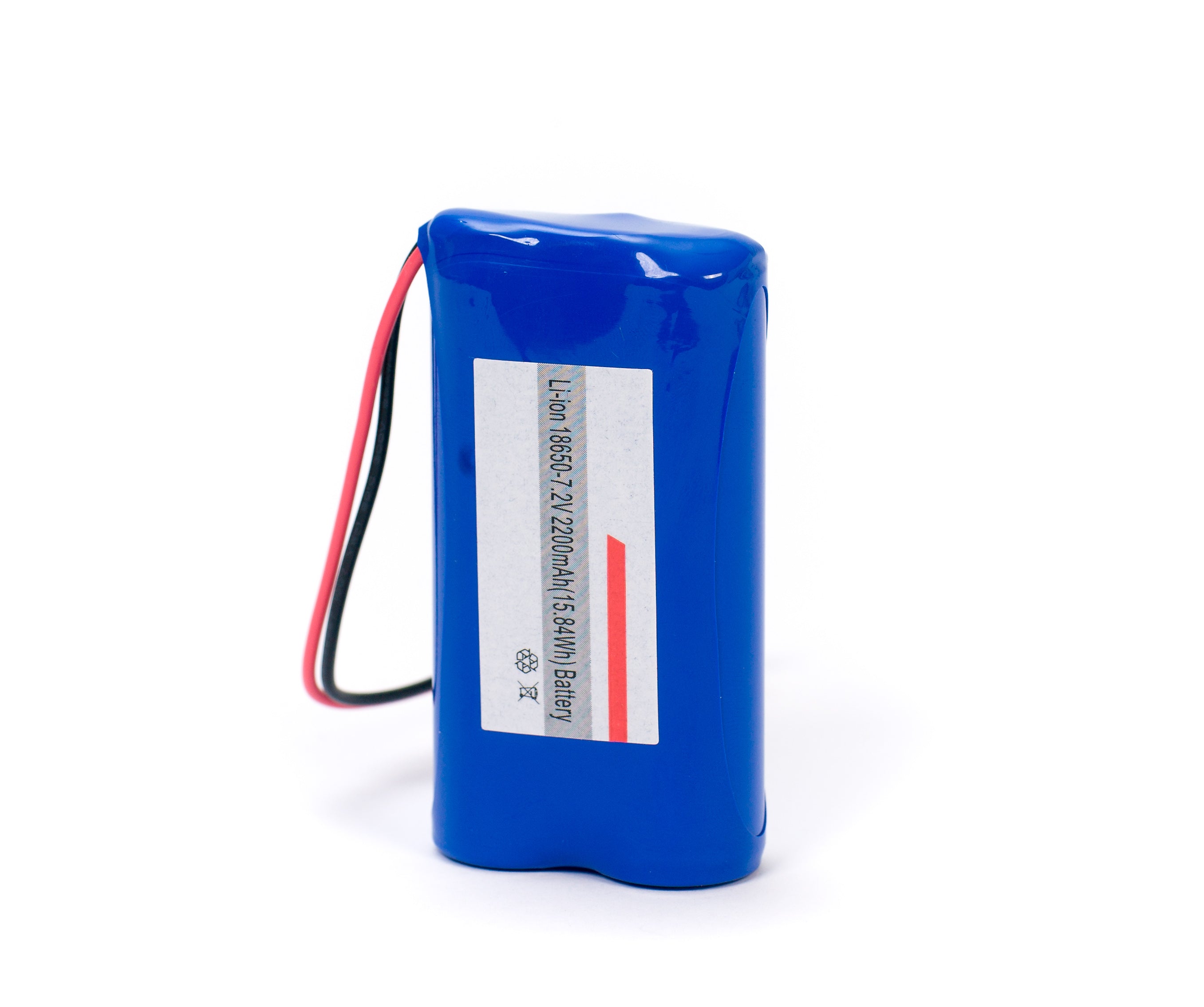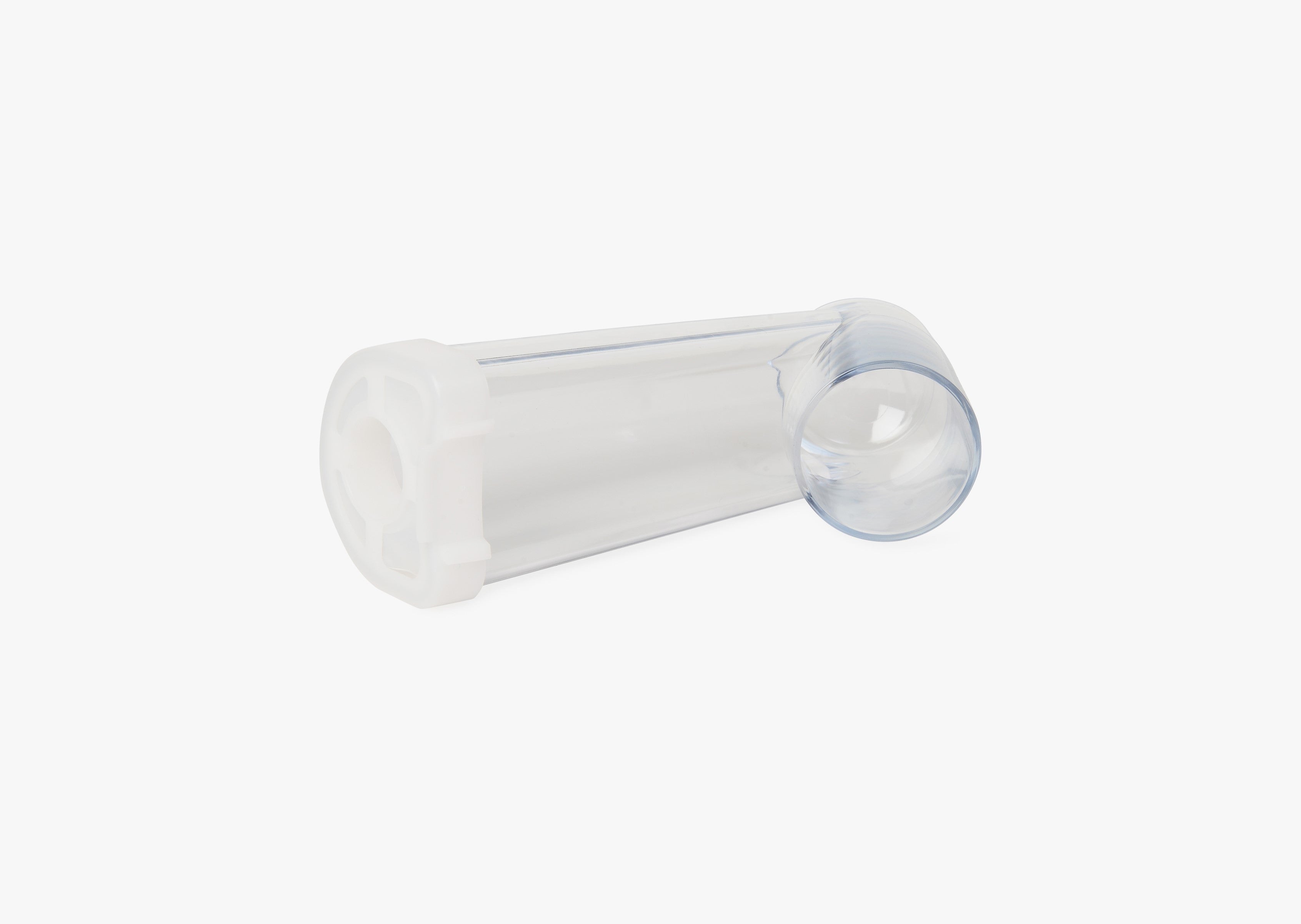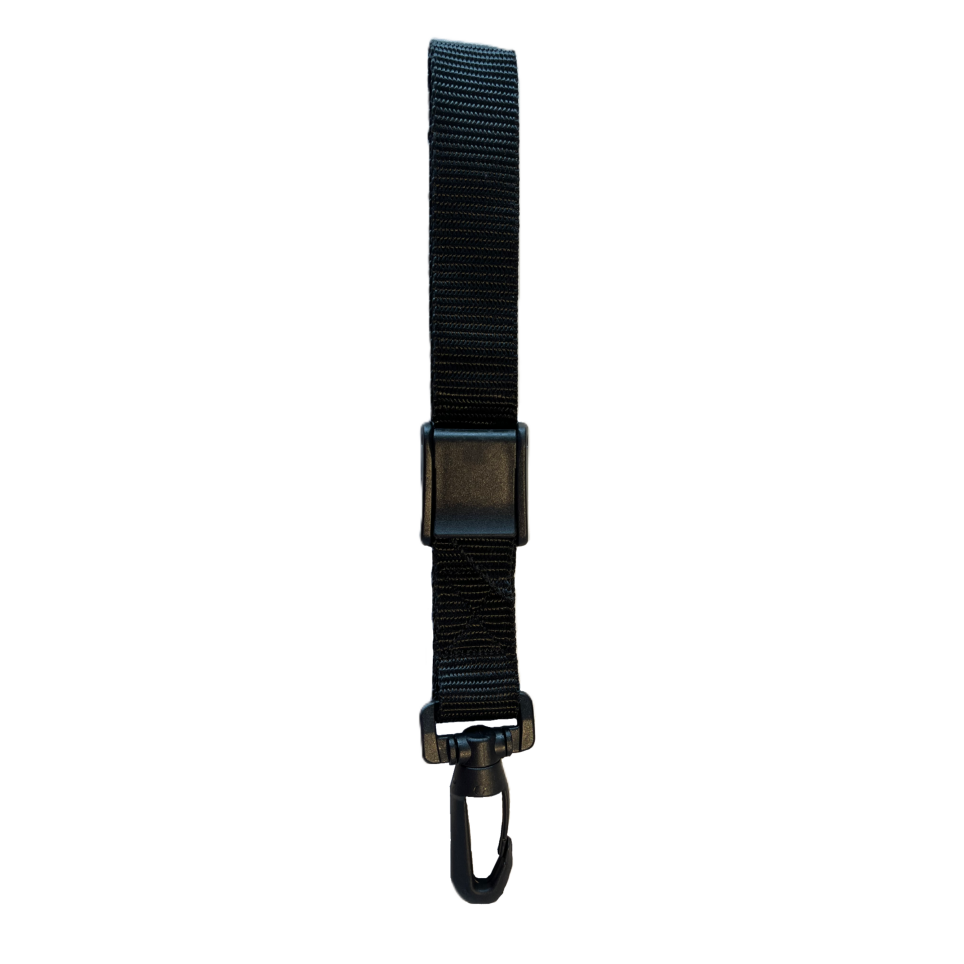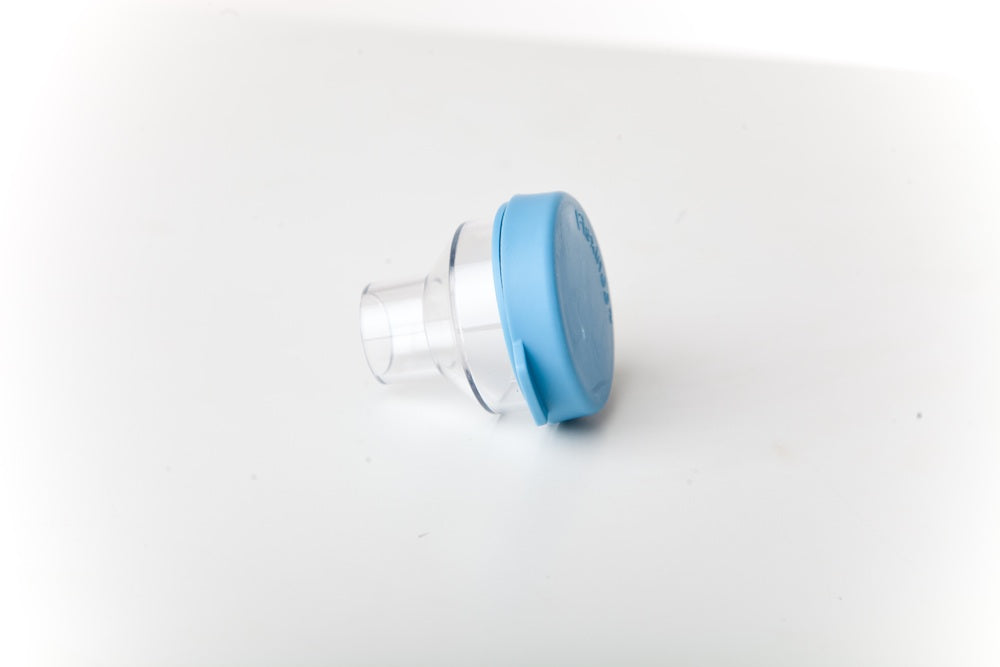FLEXINEB
Designed and manufactured by Nortev
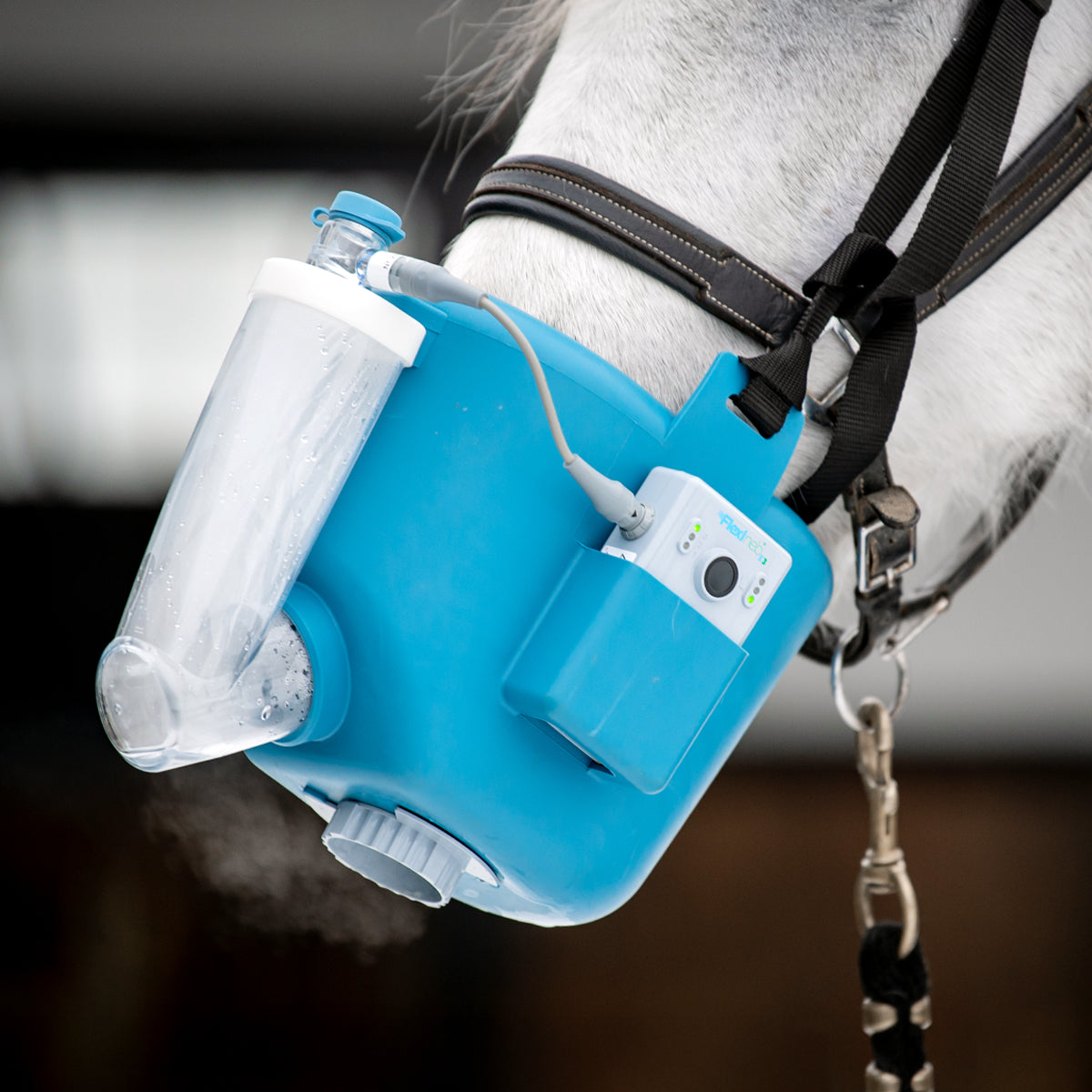
Developed with your horse in mind
Unique Design & Technology
The Flexineb E3 is a uniquely designed equine nebulizer that follows the natural airflow pattern. It features a one-way, two-valve system, allowing fresh air to be inhaled through the inlet valve and exhaled air to exit through the exit valve. The Flexineb E3 Cup, featuring the vibrating mesh technology, by acting like a micropump to ensure optimal nebulization of different liquids.
The Flexineb E3 Cup is the most sensitive part and the heart of the Flexineb E3. It is positioned on top of the Aerosol Holding Chamber to ensure that the fine mist is first released into the chamber. The available aerosol can then be actively inhaled by your horse. After that your horse exhales through the exit valve. This cycle repeats with every breath.
Discover Flexineb E3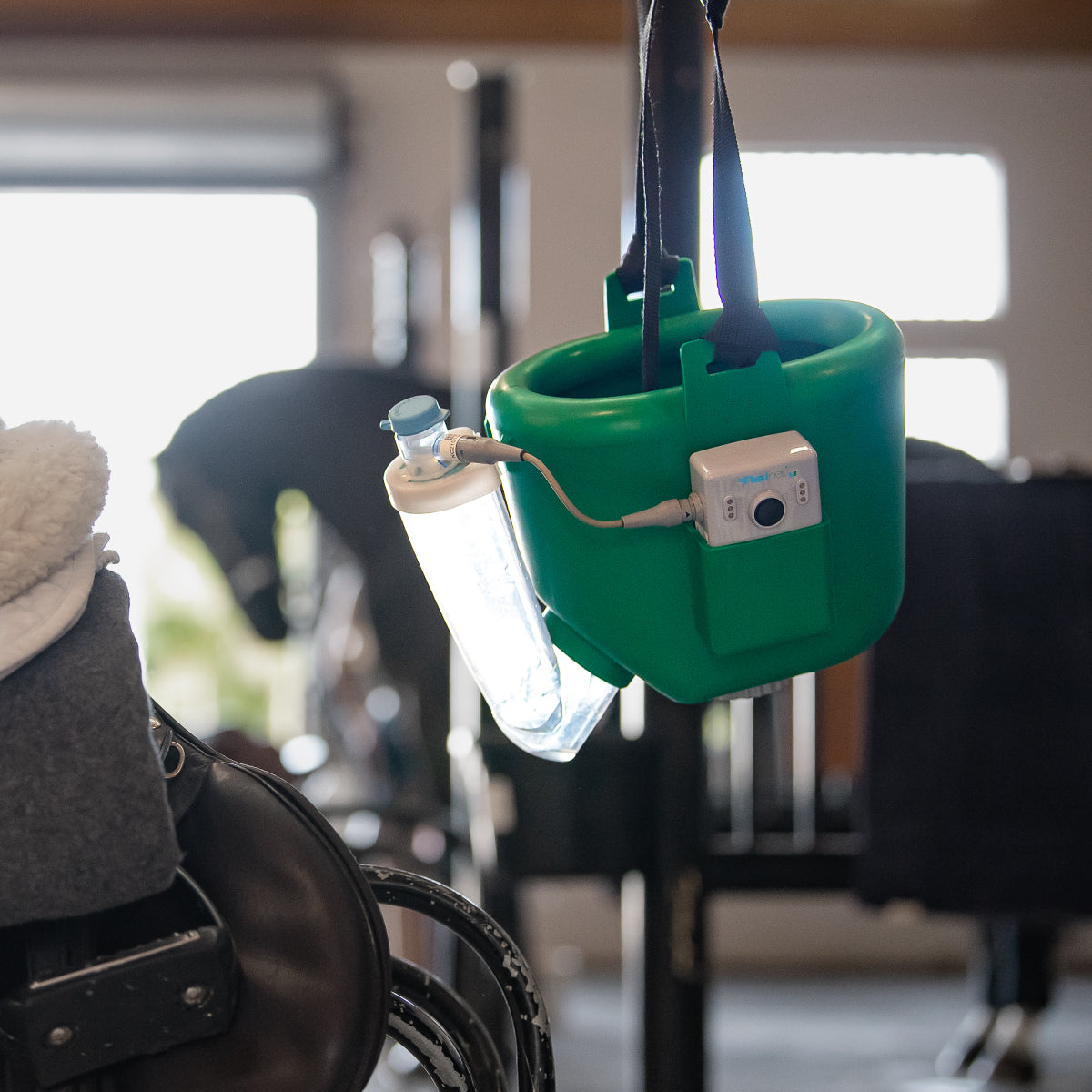
Created for your horses daily routine
Flexible & Comfortable
Flexineb E3 is an easy to use, silent, lightweight and portable equine nebulizer. The mask material of the Flexineb is flexible and durable, ensuring that it is comfortable for your horse and fits perfectly.
Flexineb is available in 3 sizes to suit your horse’s needs (small, standard, large). Choose from multiple colors.
Choose your color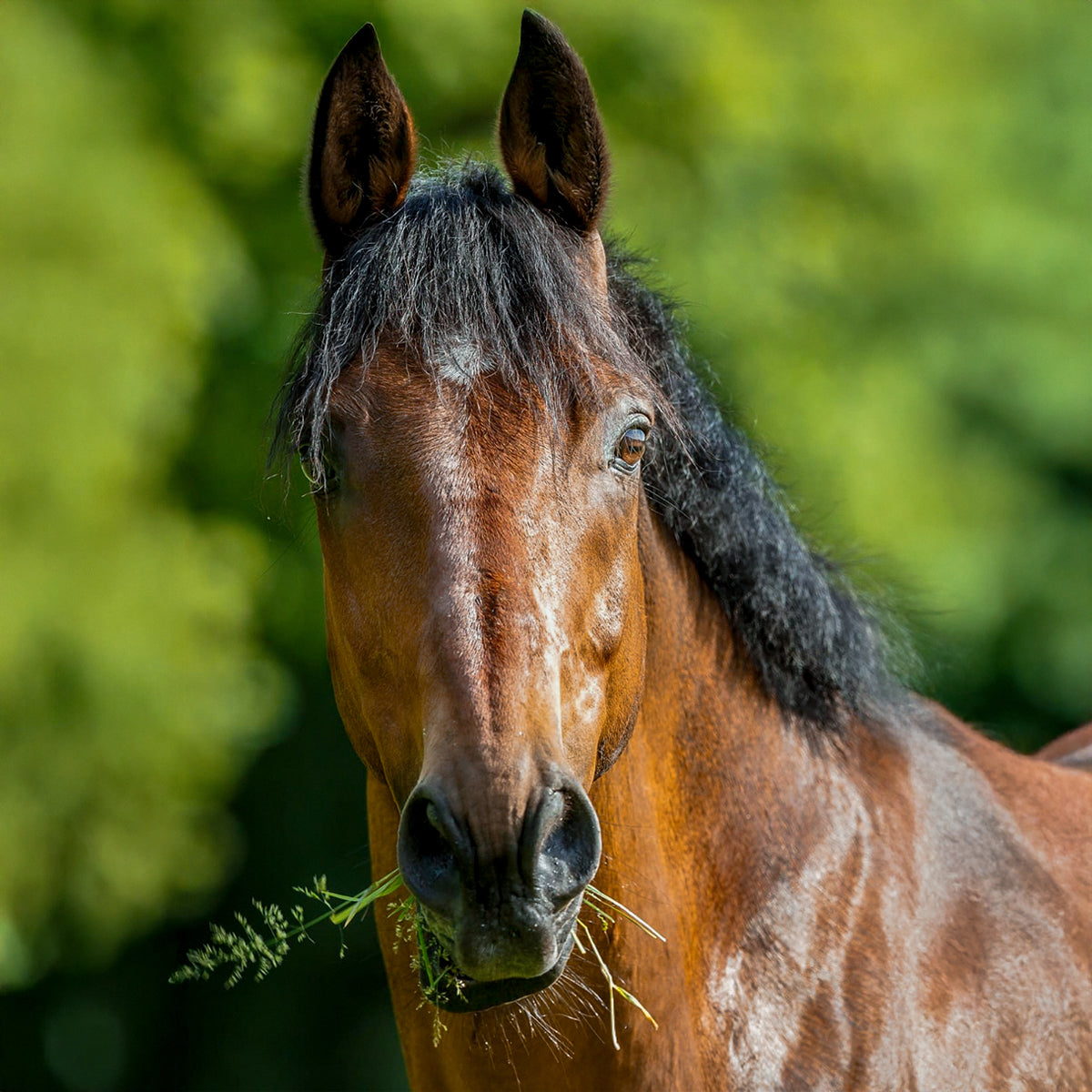
Serving natural needs
Quality of life
The horses lungs make a fundamental contribution to the wellbeing and performance of our horses. Unfortunately, they are under constant attack from external influences.
Respiratory tract illnesses are the second leading cause of health problems in horses, surpassed only by musculoskeletal conditions. Unlike external injuries to your horse, irritations of their lungs are invisible. We only react when the first symptoms, such as coughing, appear. Preventative measures need to be taken to avoid the development of irreversible damage to the lungs and to safeguard their health and quality of life.
Inhalation is an easy and non-invasive way to provide your horse with the targeted support they need, whether preventative, supportive or therapeutic. Make Flexineb E3 part of your horse’s daily routine.
Get your Flexineb E3Buy directly from the Manufacturer
Testimonials

Helena Hoedt
Horse Owner & Flexineb User
Flexineb is an essential tool for keeping my 22-year-old horse, Benji, healthy.
Flexineb is an essential tool for keeping my 22-year-old horse, Benji, healthy.
I’ve had him since he was 6, and I’ll do whatever it takes to care for him. The nebulizer is a lifesaver, especially for protecting his lungs from the dust in the stable and sand arenas. Benji loves it so much he almost falls asleep during use—he knows it's good for him!
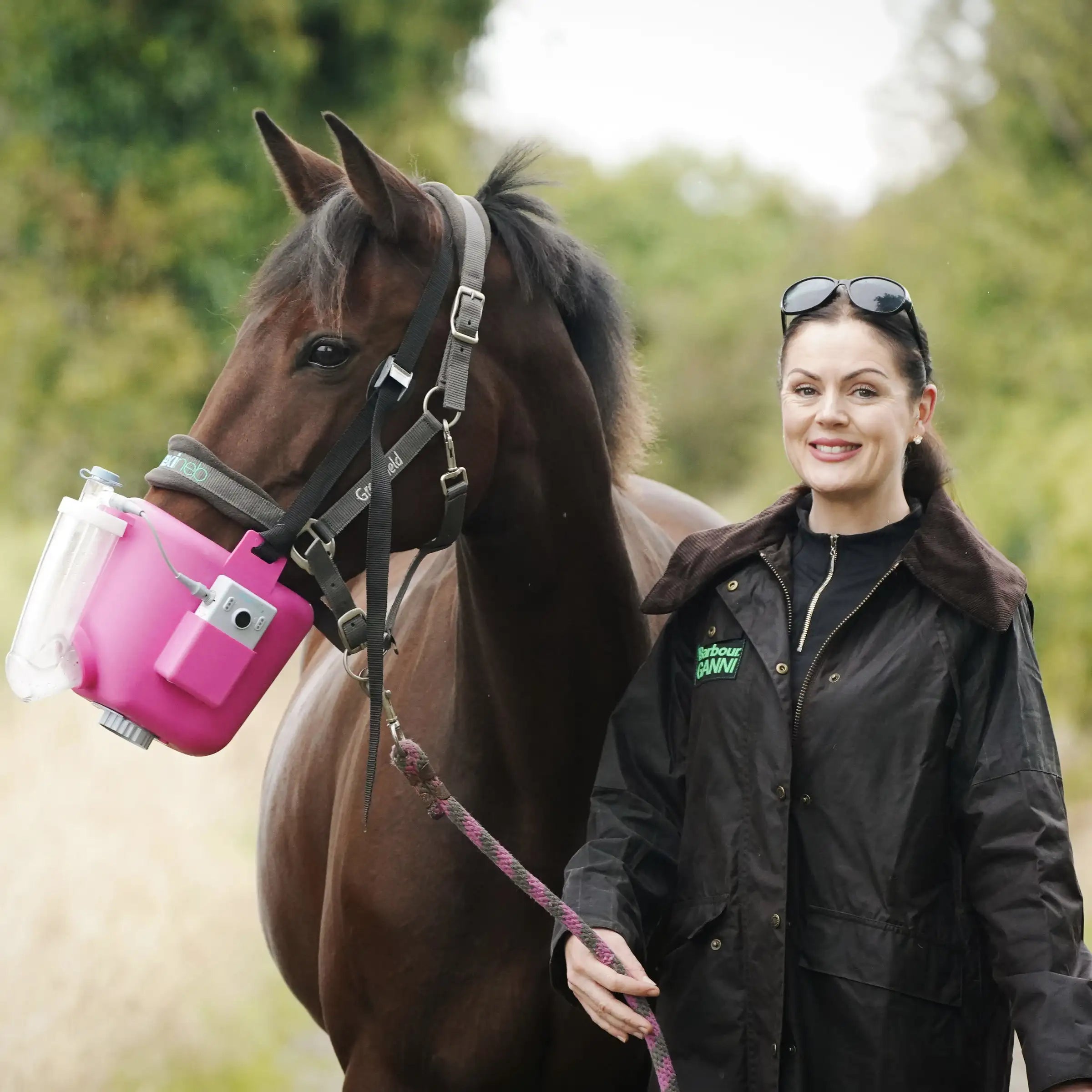
Marie-Claire Rogers
Horse Owner & Flexineb User
Flexineb has worked wonders for my mare.
Flexineb has worked wonders for my mare.
In recent years she has developed allergies and as a result would have a dry cough, especially when stabled. She would also occasionally suffer from nasal drip. Flexineb has really helped in managing her symptoms. We couldn’t be without it now. It has made a massive difference to her respiratory health. It’s very easy to use and makes no noise… my mare is extremely relaxed when it’s on.
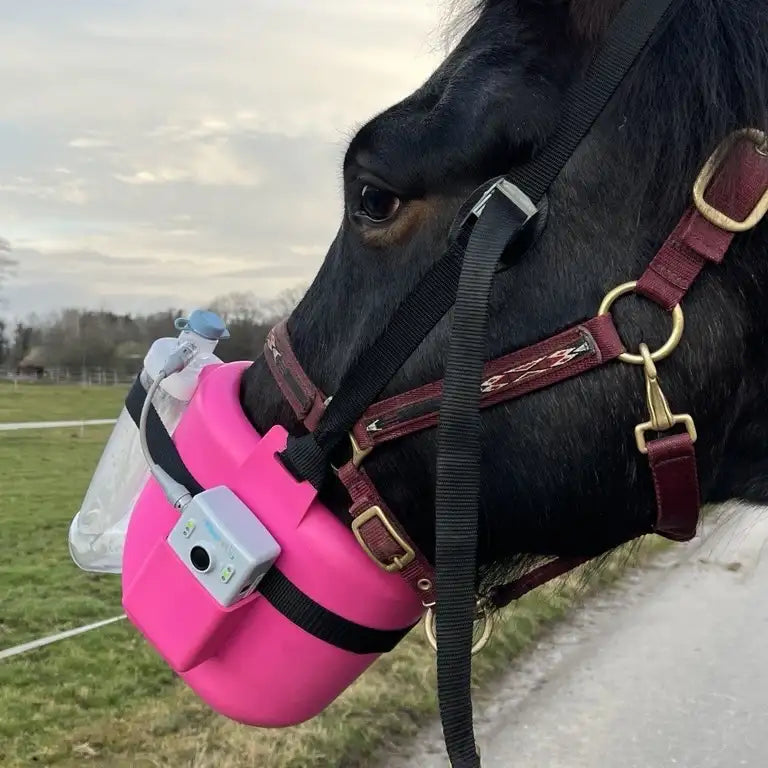
Nikolaus Appel
Horse Owner & Flexineb User
I have to say, this device is a game-changer for horse inhalation!
I have to say, this device is a game-changer for horse inhalation!
Unlike stationary devices, this one allows you to move the horse while using it. The inhalation time is quick, and it’s incredibly easy to clean. Incorporating inhalation into daily routines is simple, and you won’t lose any time during the therapy!
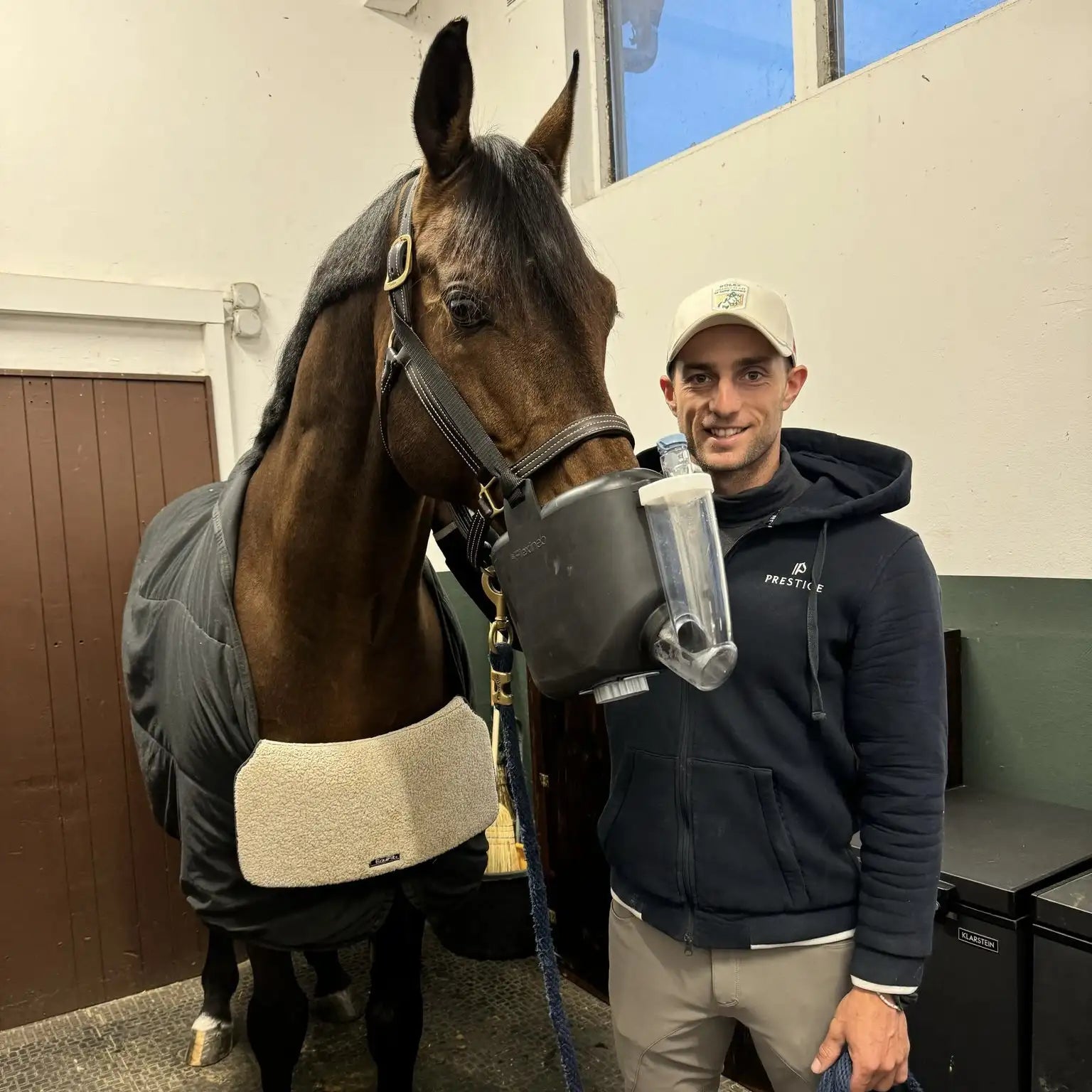
Richard Vogel
International Showjumper & Equestrian Professional
As a rider I am very proud to be supported by Flexineb, to provide the best conditions for my horses in their daily work.
As a rider I am very proud to be supported by Flexineb, to provide the best conditions for my horses in their daily work.
The international show circuit is spread all over the globe, contributing to our horses being exposed to different types of hay, bedding and air quality. The Flexineb nebulizer assists our horses respiratory systems which helps them perform at their best.
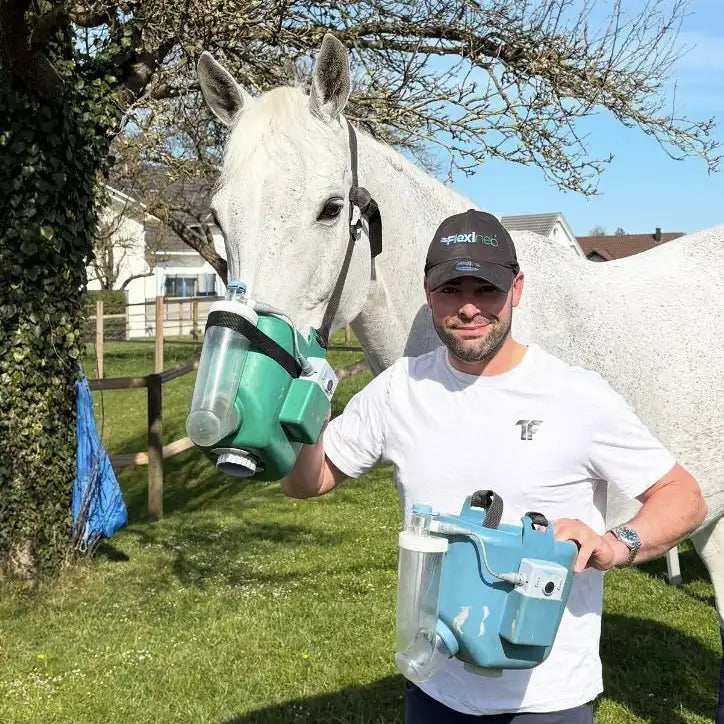
Sean Vard
Team Fuchs & Head Show Groom
We (team Fuchs) have been using the Flexineb nebulisers for many years now!
We (team Fuchs) have been using the Flexineb nebulisers for many years now!
They have been massively effective in helping maintaining our horse’s respiratory health to the highest standards during the heated dusty summers to the cold damp winters.
The strong, robust and practical design of the unit along with the ease of maintenance and cleaning makes it one of the most valued pieces of equipment I bring with me worldwide to competitions.
Thank you @flexineb for your generosity in support of team Fuchs.

Alexandra Glinka-Forst
Horse Owner & Flexineb User
My horse is allergic and reacts very sensitively to external environmental influences, feed, etc.
My horse is allergic and reacts very sensitively to external environmental influences, feed, etc.
After my veterinarian specifically recommended Flexineb, saying it was the best thing I could do for my horse, it took about a year before I finally decided to actually buy it.
We use Flexineb daily; my horse is symptom-free and very energetic. He breathes much better, and his trapped mucus comes out much more easily. Never again without Flexineb! If I could, I would buy a Flexineb for every coughing horse.
Buy directly from the Manufacturer

Home of the Flexineb
About Nortev
Nortev Ltd., founded in 2008 by two
engineers, Declan Moran and Gavan O’ Sullivan, is based in Galway, Ireland. Nortev is dedicated to developing innovative inhalation devices for animals with the unique design and technology.
Nortev has since grown to become a leader in the design, manufacture, and commercialization of portable nebulizers for horses and companion animals, distributing its products worldwide in Europe, North America, Australasia, and the Middle East. Customers include well-known veterinary clinics, stud farms and horse trainers as well as professional and leisure riders.
Nortev is committed to serving natural needs of horses and small animals through constant improvement of our Flexineb devices. The respiratory system of each animal is fundamental for their quality of life, which is why we developed the Flexineb with your animal in mind.


